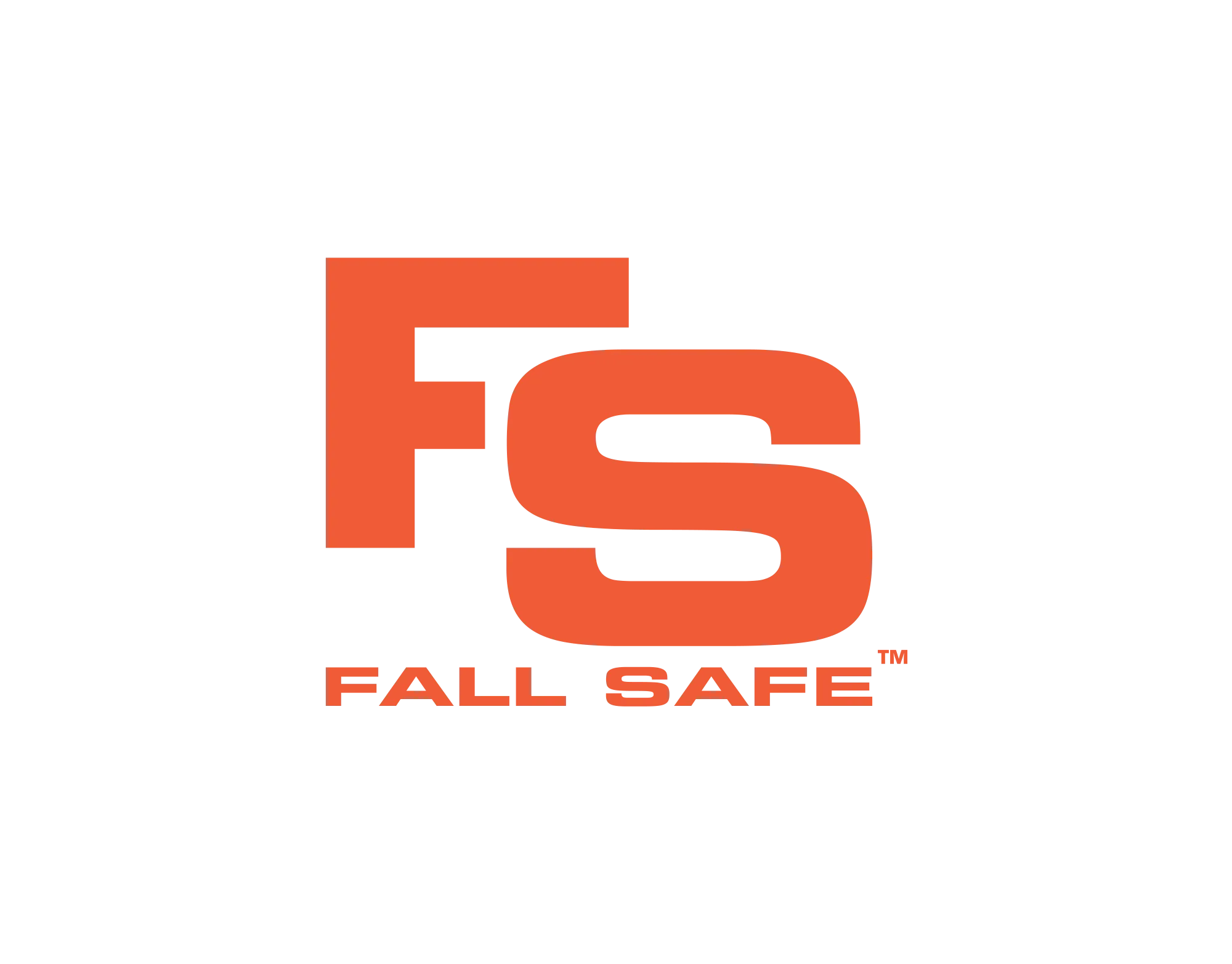OSHA plans for fall protection put construction industry up in the air
- Tue 06th September 2011
- Tuscon, AZ
In the construction industry, can worker safety come at too high a price? Where do businesses fall on tighter regulations that will increase the cost of new homes, remodeling, roof repair, and other home-related projects?
It's a tough issue and one that literally has residential construction officials up in the air. They are not certain where to set the best balance.
"Our industry is dangerous, so yes, there has to be balance between safety and the cost of new regulations. We do so much to promote safety, yet there are still guys up on roofs not tied off, or on ladders when they should be on a forklift. There are degrees of safety that must be enforced," said Jim Kuliesh, executive director of the Alliance of Construction Trades.
A new federal directive from the Occupational Safety & Health Administration (OSHA) will affect all trades working more than six feet above the ground. Basically, it cancels a 16-year-old exemption that caused confusion about fall protection requirements.
The directive, now in a phase-in period, includes roofing, plumbing, painting, heating/cooling, stucco and masonry contractors. Fall protection equipment must be used, such as anchors, harnesses, or guardrails.
"For 16 years, everyone operated under the presumption that conventional fall protection was not feasible. Basically, they got a blanket, automatic exemption. Under that interim law, contractors could use alternative fall protection methods," explained Darin Perkins, director of Arizona's Division of Occupational Safety and Health.
Now, OSHA has done "a 180-degree change, saying it is feasible and gone back to the original regulation," he added. The law has always been on the books and will now be enforced.
Over the years, the "feasibility standard" has been influenced by technology. New, technically advanced equipment has provided contractors with plenty of safety options.
Still, contractors are concerned their operating costs will increase while their industry is in a slump. Businesses will be required to outfit workers with more safety equipment.
Although costs vary depending on crew sizes, full-body harnesses typically cost from $100 to more than $400 and self-retracting lifelines can cost $150 to more than $2,000. A safety net system easily can cost $3,000.
Perkins is aware of the industry's concerns and wants their input. His office will hold a public hearing at 9 a.m. Sept. 9 at the Pima County Administration Building, 130 W. Congress St.
